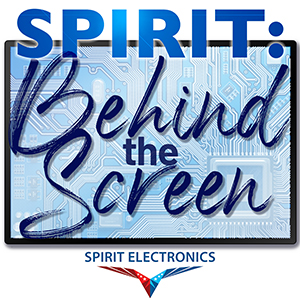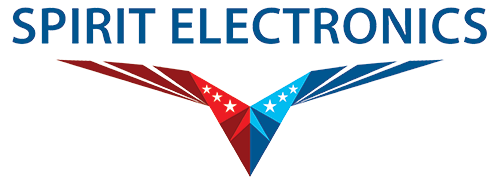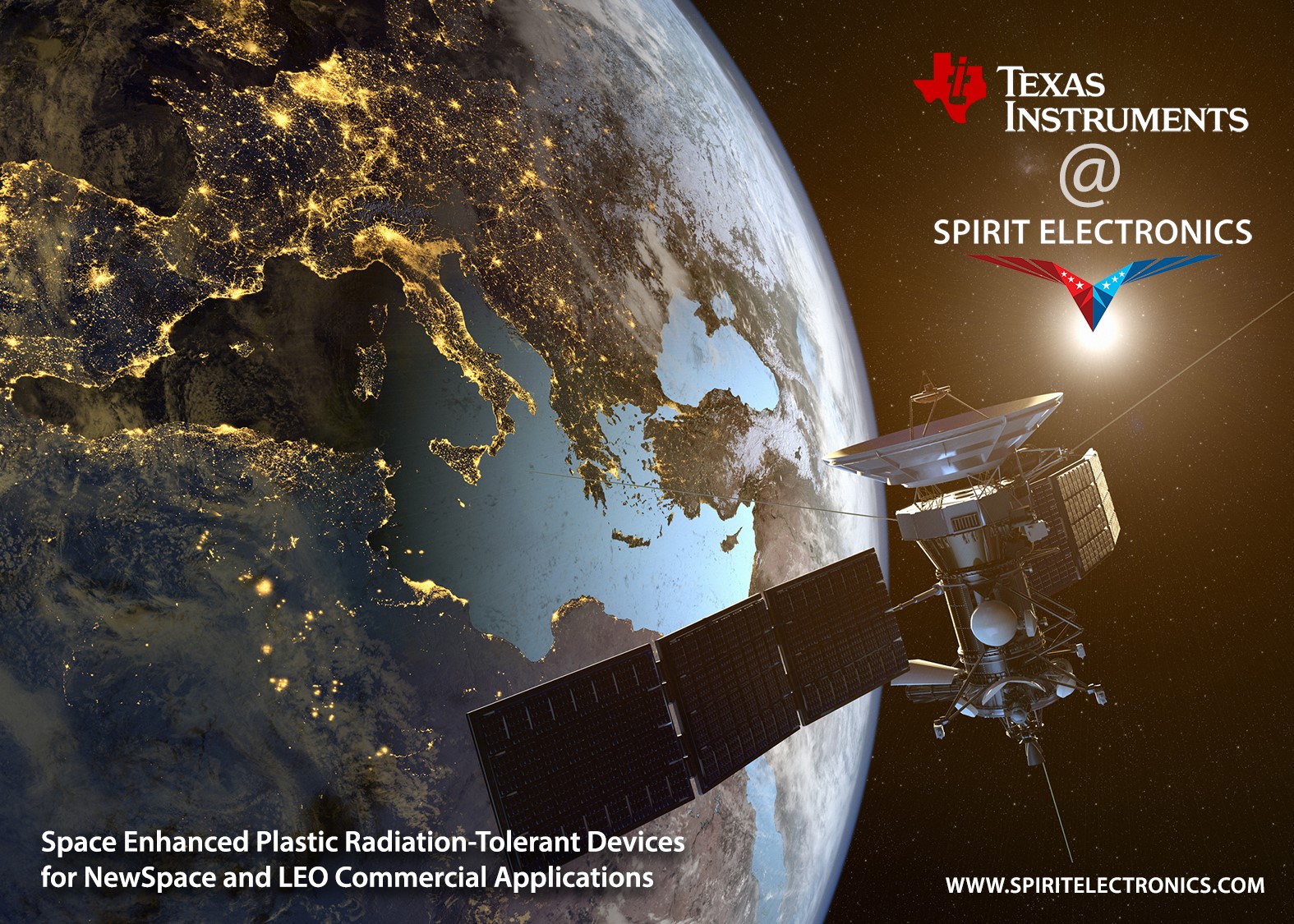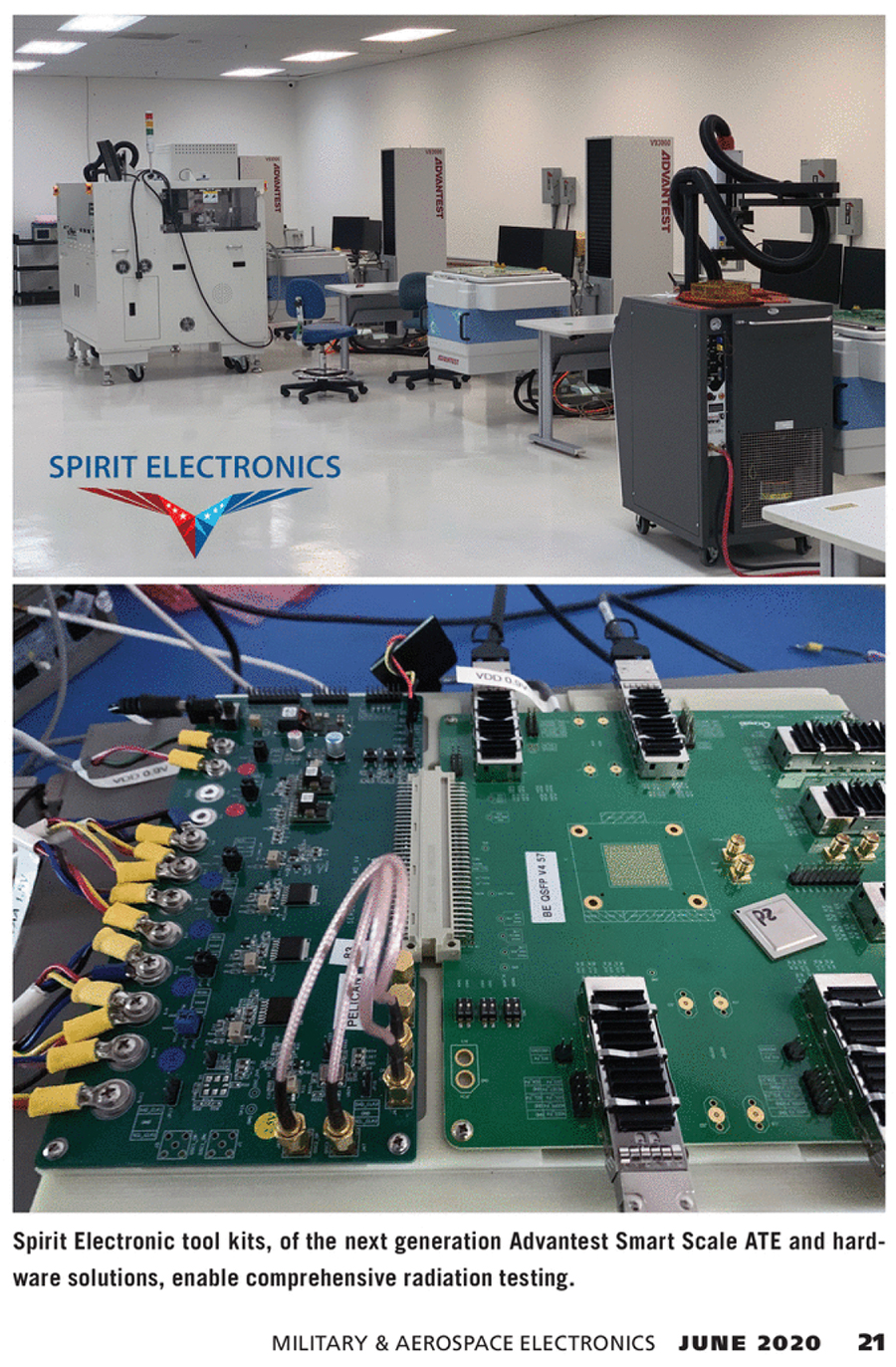A new space race is taking off, and Texas Instruments’ space-grade rad-tolerant Space Enhanced Plastics (Space EP) line is positioned to meet New Space mission needs. With private and commercial companies launching space programs and satellite constellations that build on decades of NASA experience, design, and range, we are seeing our customers’ launch schedules and builds pick up speed.
Unlike the deep space missions of the past, our customers are innovating New Space applications for low Earth orbit (LEO) with shorter mission life. But with the influx of innovation comes tight launch schedules and competitive component markets. Customers are weighing decisions to cut production costs and explore commercial off-the-shelf (COTS) alternatives to space-grade components.
New Space Program Risks and Challenges
Spirit’s new test lab and value-added screening services come with decades of experience in radiation and QMLV testing. We know upscreening COTS components poses a significant failure risk. Component failures can delay build and launch schedules, add significant cost to replace parts or even cause full mission failure if a satellite fails in orbit.
This is where TI’s Space Enhanced Plastics line offers a ready-to-use option for reliable space-grade performance. TI already has extensive QMLV product expertise and knows that New Space demands performance while also keeping production competitive, agile, and fast. TI Space EP products mitigate the risk and meet New Space mission goals. You don’t have to sacrifice reliability to meet budget.

Texas Instruments Space EP: Rad-Tolerant Products for New Space and LEO Missions
Listen to Marti's interview with TI's GM of A&D Gary Reichmuth on this Spirit: Behind the Screen podcast episode. This deep dive on the Space EP product line covers TI's comprehensive product quals and the importance of radiation lot acceptance testing.
Qualified and Reliable Space-Grade Screening
TI Space EP products come with radiation screening, thermal cycling and outgassing right out of the box. There is no need to perform any additional screening. Because TI performs all screening as the OEM, your components arrive with lot data and documentation with full traceability.
In LEO applications, components quickly cycle from hot to cold environments as they orbit the Earth. TI’s parametric testing is performed at room and high temperatures with guard banding for cold temperatures. Products come with 100% temperature cycle characterized to the military temperature range of -55° to over 125°.
Outgassing is performed to ASTM E595, which is essential for plastic packaging that introduces organic compounds. In a space environment, these compounds have the potential to outgas and negatively impact component performance. This is especially true in optics where condensation can obscure lenses and affect sensors.
Plastic Packaging and Material Quality in Space
Plastic packaging offers significant advantages in New Space. Instead of hermetically sealed ceramic, plastic allows more design options and smaller sizing. Plastic reduces product costs without compromising performance. In fact, in our recent podcast interview with TI, GM Gary Reichmuth explained that plastic improves performance because it doesn’t have degradation due to the parasitic loss associated with ceramic packaging.
Plastic isn’t the only material advantage in Space EP products. TI uses gold bond wire to avoid the risks of copper wire. And while pure tin is common in COTS parts, TI Space EP uses less than 97% tin terminations and internal materials to mitigate the risk of whiskering in harsh space environments.
TI Space EP production uses one wafer fab, assembly site, and material set to offer the best control and traceability of materials. While avoiding the variations possible with multiple fabs and sources, this control also allows TI to perform radiation lot acceptance testing on every wafer lot.
Radiation Characterization and Rad-Tolerant Solutions
While radiation hardening is a hallmark in high-reliability, this can add significant expense to any space-grade component. But rather than compromise reliability, TI’s Space EP line considers the shorter mission life span and lower cumulative radiation environment of LEO missions. The result is radiation-tolerant products, characterized with radiation lot acceptance testing (RLAT) to 20 krad. TI tests both the total ionizing dose as well as single event latch up to 43 MeV.
In TI’s experience, radiation performance can vary from lot to lot but also from wafer to wafer inside a lot. TI performs radiation characterization across each lot to avoid this variation, further reducing failure risks. In comparison, COTS products and other manufacturers may only trace back to the wafer lot.
Products in the Space EP Line
The Space EP product family currently includes
data converters, power devices, comparators, transceivers, digital isolators, current sense amplifiers, RF synthesizers, linear and low-dropout regulators and supervisors. New space-grade products are expected to release in the next 12-18 months, offering an even wider variety of plastic options available to the New Space industry.
TI Space EP @ Spirit Electronics: TI's Only Authorized SDB Reseller
Spirit is uniquely positioned as TI’s only authorized SDB reseller, and we offer award-winning experience managing full BOM, logistics, and program support for LEO space programs. For agile production and build timelines, we can manage your component pipeline to make sure you launch on time and meet your mission goals. TI’s Space EP rad-tolerant products are reliable and high quality out of the box, and Spirit can get that box to you.



